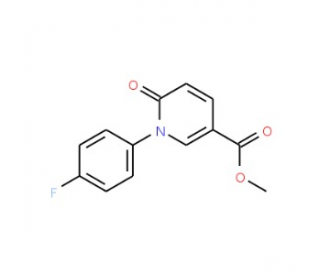详细说明
- Species ReactivityHuman
- SpecificityDetects human DEP-1/CD148 in Western blots.
- SourceMonoclonal Mouse IgG1 Clone # 143-41
- ImmunogenPhytohemagglutinin-stimulated human peripheral blood mononuclear cells
- FormulationSupplied 0.2 mg/mL in a saline solution containing BSA and Sodium Azide.
- LabelAlexa Fluor 647
- Recommended
ConcentrationSample
- Flow Cytometry0.25-1 µg/10 6 cellsHuman peripheral blood lymphocytes
- ShippingThe product is shipped with polar packs. Upon receipt, store it immediately at the temperature recommended below.
- Stability & StorageStore the unopened product at 2 - 8 °C. Do not use past expiration date.
Density Enhanced Protein Tyrosine Phosphatase (DEP-1), also known as CD148, HPTP-eta, and PTP receptor type J (PTPRJ), is an enzyme that removes phosphate groups covalently attached to tyrosine residues in proteins. A large (220 kDa) glycoprotein found at the cell surface, DEP-1 levels are increased with high cell density (1). DEP-1 phosphatase activity is enhanced by basement membrane proteins (2), suggesting it is involved in regulating cell adhesion and contact interactions. High levels of expression dampen PDGF (3), VEGF (4), and T‑cell receptor (5) responses. DEP-1 is widely expressed in tissues, particularly ones forming epithelioid monolayers (6). In the immune system, DEP-1 is found on all cell lineages and is highest on granulocytes (7). Dep-1 is the mutated gene in the Susceptibility to Colon Cancer locus Scc1, which is altered in many human colorectal adenomas (8). Gene knockout mice lacking DEP-1 die at midgestation due to failures in cardiovascular development (9). DEP-1 dephosphorylates a variety of proteins, including the HGF (10), PDGF (11), and VEGF (4) receptors, and beta-catenin (12). The recombinant protein is the intracellular region of DEP-1 containing the catalytic domain.
- References:
- Ostman, A. et al. (1994) Proc. Natl. Acad. Sci. USA 91:9680.
- Sorby, M. et al. (2001) Oncogene 20:5219.
- Jandt, E. et al. (2003) Oncogene 22:4175.
- Lampugnani, M.G. et al. (2003) J. Cell Biol. 161:793.
- Baker, J.E. et al. (2001) Mol. Cell. Biol. 21:2393.
- Borges, L.G. et al. (1996) Circ. Res. 79:570.
- de la Fuente-Garcia, M.A. et al. (1998) Blood 91:2800.
- Ruivenkamp, C.A. et al. (2002) Nat. Genet. 31:295.
- Takahashi, T. et al. (2003) Mol. Cell. Biol. 23:1817.
- Palka, H.L. et al. (2003) J. Biol. Chem. 278:5728.
- Kovalenko, M. et al. (2000) J. Biol. Chem. 275:16219.
- Holsinger, L.J. et al. (2002) Oncogene 21:7067.
- Long Name:Density Enhanced Receptor Protein Tyrosine Phosphatase
- Entrez Gene IDs:5795 (Human); 19271 (Mouse); 29645 (Rat)
- Alternate Names:CD148 antigen; CD148; Density-enhanced phosphatase 1; DEP1; DEP-1; DEP1EC 3.1.3.48; HPTP eta; HPTPeta; HPTP-eta; human density enhanced phosphatase-1; protein tyrosine phosphatase, receptor type, J polypeptide; protein tyrosine phosphatase, receptor type, J; Protein-tyrosine phosphatase eta; Protein-tyrosine phosphatase receptor type J; PTPRJ; receptor-type tyrosine-protein phosphatase eta; R-PTP-ETA; R-PTP-J; SCC1; susceptibility to colon cancer 1, mouse, homolog of












